Week 18: Invention, Intellectual Property and Income

Licensing
This week, we learned about the different licensing options available, what patents are, and how the handling of licenses and patents can vary between countries. To find out under which license a product can be used, it is important to thoroughly research the information.
I have decided to use the Creative Commons Attribution-NonCommercial-ShareAlike 4.0 International (CC BY-NC-SA 4.0) license for my final project.

This license allows creators to share and distribute their works under certain conditions.
These are the key features of the license:
- Attribution (BY): This requires crediting the creator when using the work (including the creator's name and the name of the work, if applicable). Additionally, a link to the source of the work must be provided.
- NonCommercial (NC): This means the work cannot be used for commercial purposes.
- ShareAlike (SA): This means that any new works based on the original must be licensed under the same conditions.
- International (4.0): This indicates that the license is international and standardized.
In summary, this license allows for creative works to be shared, altered, and distributed as long as the creator is credited, the work is not used commercially, and any derivative works are shared under the same conditions.
Development of the product:
In the children's play and experimentation industry, it is common to develop and distribute series. These products can build upon each other but are not required to do so. For example, the Kosmos experiment series comes to mind: .
When developing the Capacitive Sound Box, I had these sets in mind. Originally, my daughters and I also had the idea of developing additional sets. The goal of these sets would be to create a product that can be used to make music. Therefore, the products would need to be conductive.
The following sets are conceivable:
Set 1: Coductive Play Dough
The idea is to create a set where the kids can learn to make conductive play dough by themselves and then play with the play dough sounds afterwards.
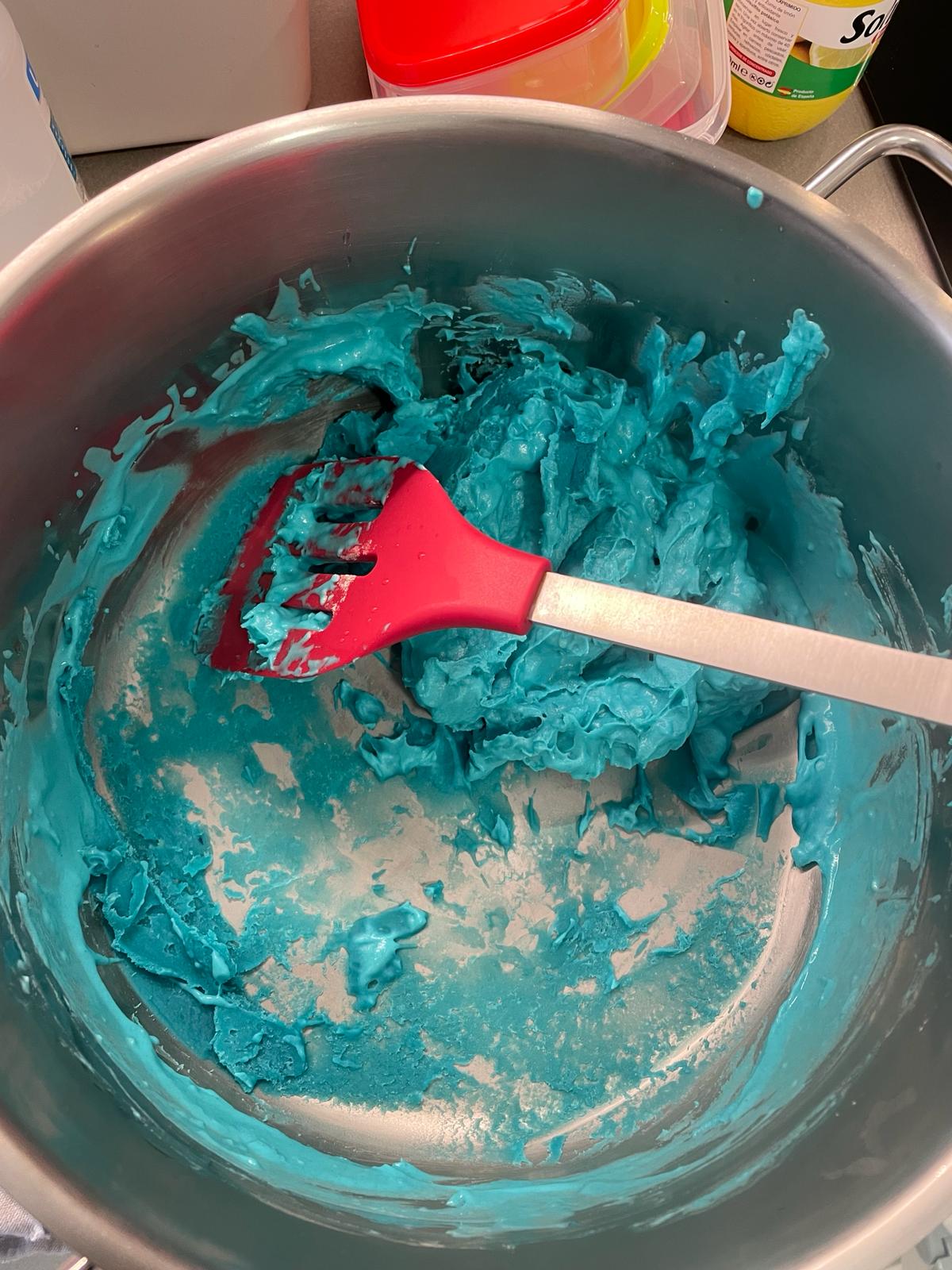

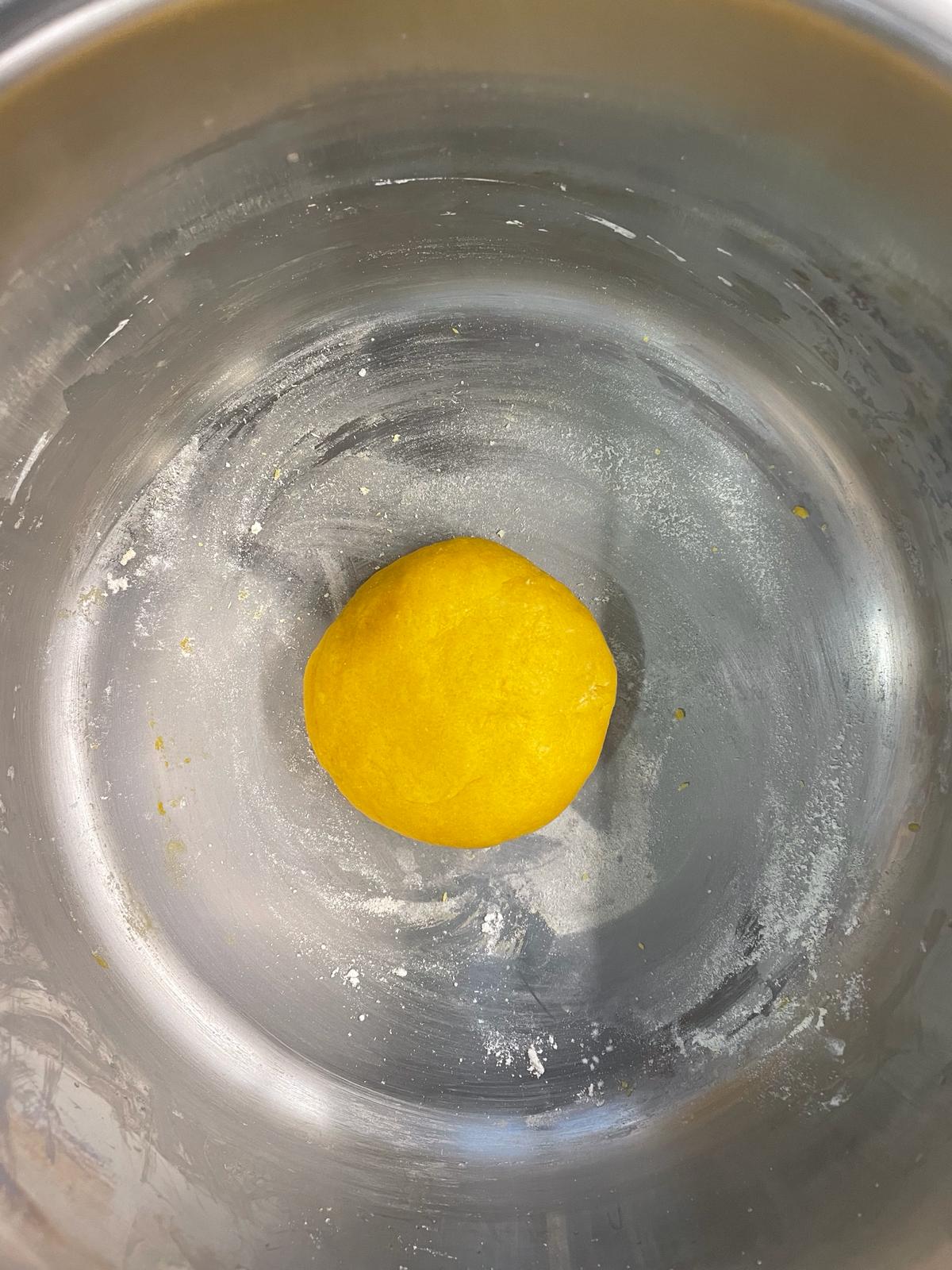

Set 2: Coductive Paint
The idea is to create a set with conductive paint and paper so kids can make a new surface for the box and play sounds with that.
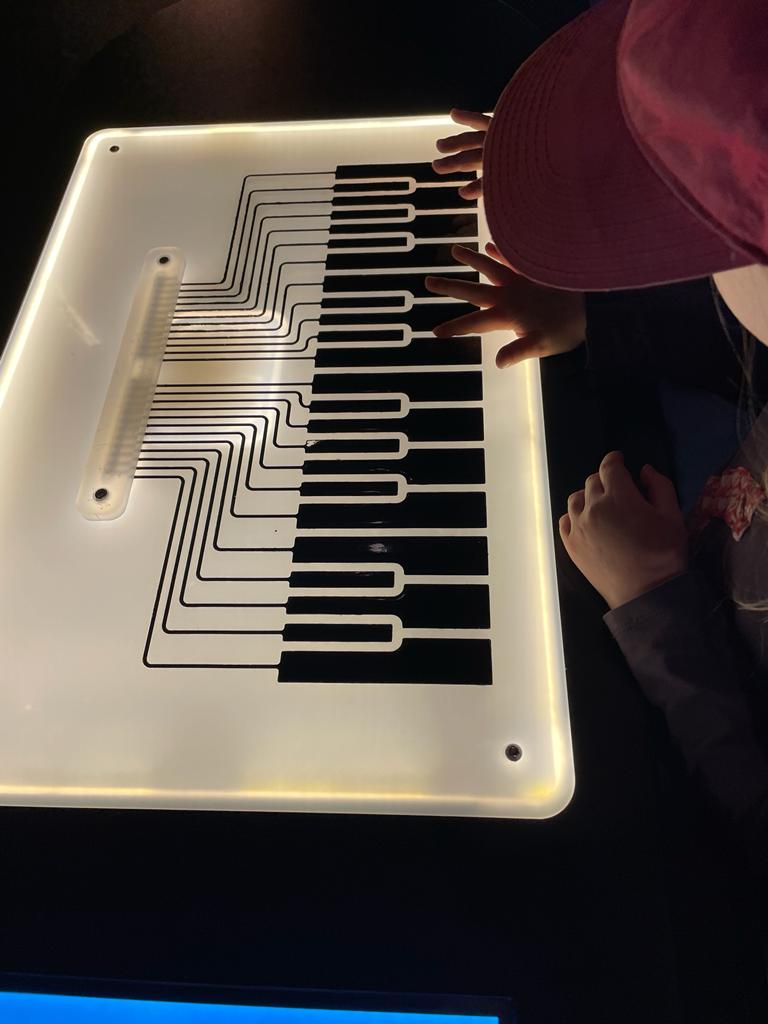
Set 3: Coductive mosaic
It could be nice to create a mosaic which is conductive and the tiles that can be creatively placed on the box and can used to make sounds. This could be a nice idea especially for jounger kids.

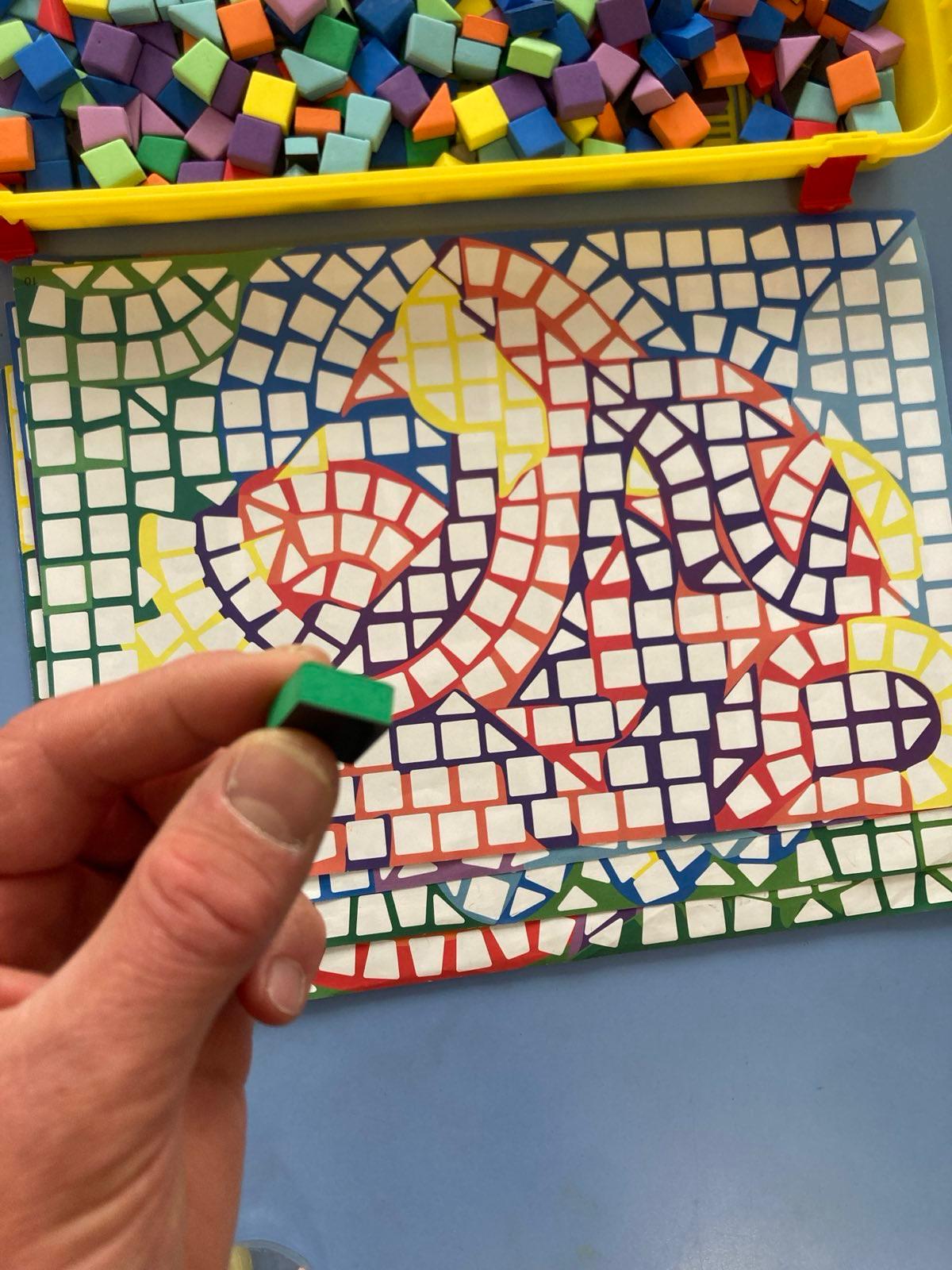
Set 4: Music instrument
The idea is to have a box surface with colors that can be recorded as notes, allowing children to play simple songs.

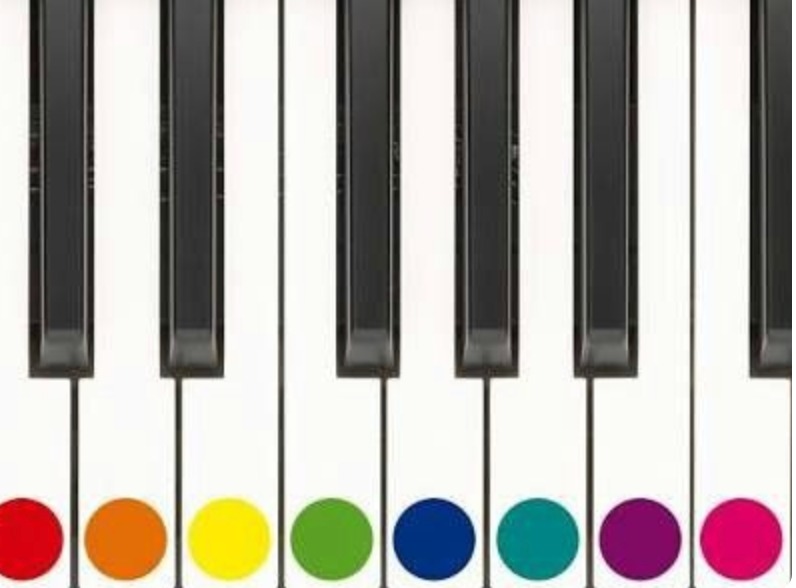
Set 5: Recording sounds
The box has instructions for recording the own sounds onto an SD card that can then be played back
There are many possibilities for how the set can be expanded.